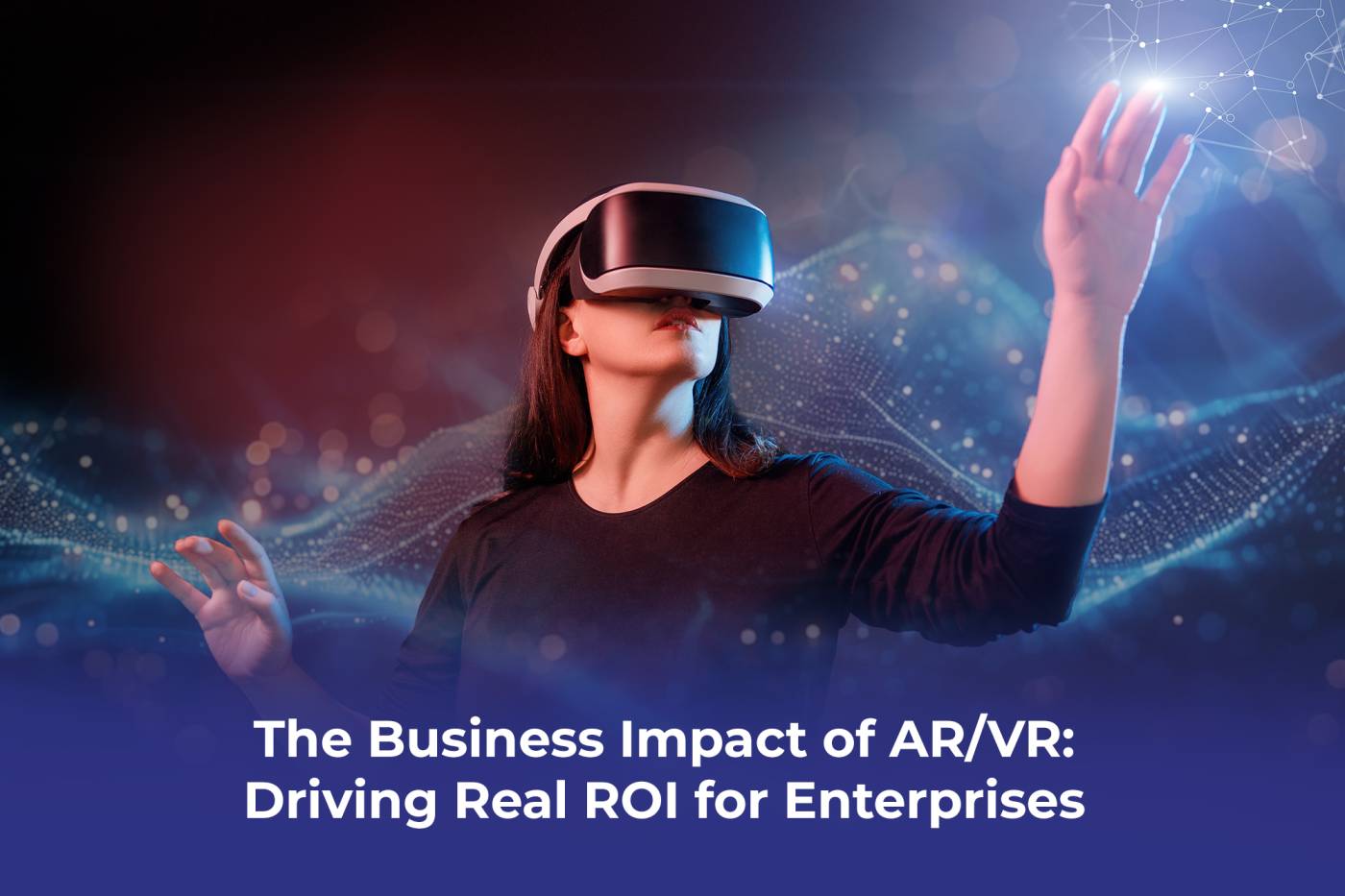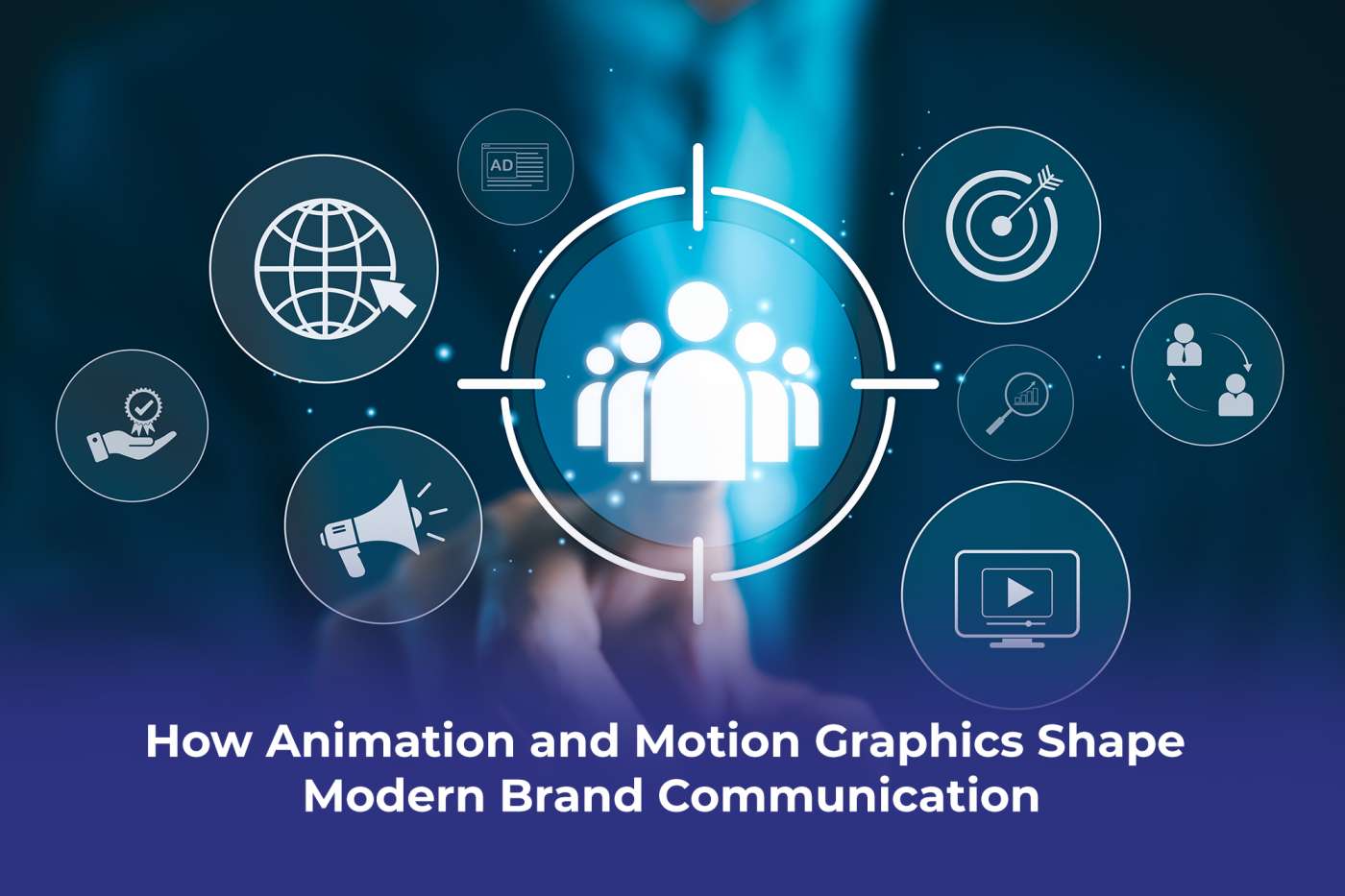Summary:
AR/VR is no longer just about innovation showcases; it’s about measurable business outcomes. From immersive training environments to interactive customer experiences, enterprises adopting AR/VR are already seeing operational efficiencies, stronger engagement, and new revenue opportunities. This blog explores the impact of AR/VR on enterprises, showing how smart companies can use these technologies to gain real returns on investment while keeping growth and trust.
Why the Impact of AR/VR Matters for Enterprises
Enterprise leaders are asking a critical question: Does AR/VR create business value, or is it just hype? The answer lies in the numbers. Companies deploying AR/VR solutions report measurable ROI through:
- Reduced Training Costs → AR/VR simulations lower risk and improve retention.
- Enhanced Customer Journeys → Virtual try-ons, immersive brand experiences, and interactive demos boost conversions.
- Operational Efficiencies → AR overlays manufacturing or logistics to speed up processes and reduces errors.
The impact of AR/VR goes far beyond novelty; it changes how businesses operate and how customers perceive value.
Use Cases Proving the Business Impact of AR/VR
1. Workforce Training & Development
- AR/VR-based training reduces accident rates in industrial environments.
- Healthcare professionals improve precision by practicing in risk-free VR environments.
2. Marketing & Customer Engagement
- Retailers use VR showrooms to expand their reach without physical expansion.
- Brands offer immersive AR product previews, driving higher purchase confidence.
3. Enterprise Operations
- AR guides for technicians reduce downtime.
- Real-time AR visualizations improve collaboration for remote teams.
Each of these examples shows how AR/VR affects the balance sheet. It does this by increasing efficiency, saving costs, and improving customer experiences.
Measuring ROI: Proving the Impact of AR/VR
CMOs and CIOs often face boardroom pressure to justify investments. The good news: we can quantify the impact of AR/VR.
Key metrics include:
- Customer Engagement Rates (time spent on immersive experiences vs. traditional media).
- Conversion Rates (after AR product previews).
- Operational Savings (reduced training costs, improved efficiency).
- Market Differentiation (brand preference lift in competitive categories).
When aligned with strategic goals, AR/VR becomes more than innovation; it becomes a profit driver.
FAQs
Q1: How quickly can enterprises see ROI from AR/VR?
Businesses often see a return on investment (ROI) within 6 to 12 months. This depends on the project size. They usually see faster returns in training and operations. Returns may take a bit longer in customer-facing experiences.
Q2: Is AR/VR adoption expensive for enterprises?
The first investment can be expensive. However, scalable solutions and cheaper hardware make AR/VR easier to access than before.
Q3: Can AR/VR integrate with existing enterprise systems?
Yes, modern AR/VR platforms integrate with CRMs, ERPs, and analytics dashboards, ensuring seamless data flow.
The impact of AR/VR is no longer theoretical; it’s delivering real business value today. Enterprises that embrace immersive technologies position themselves as innovation leaders while capturing measurable ROI.
At Proton Effect, we create and provide AR/VR and interactive solutions for businesses. Our solutions help drive growth, engagement, and improve operations. Our work ensures that your AR/VR investment isn’t just innovative; it’s profitable.




